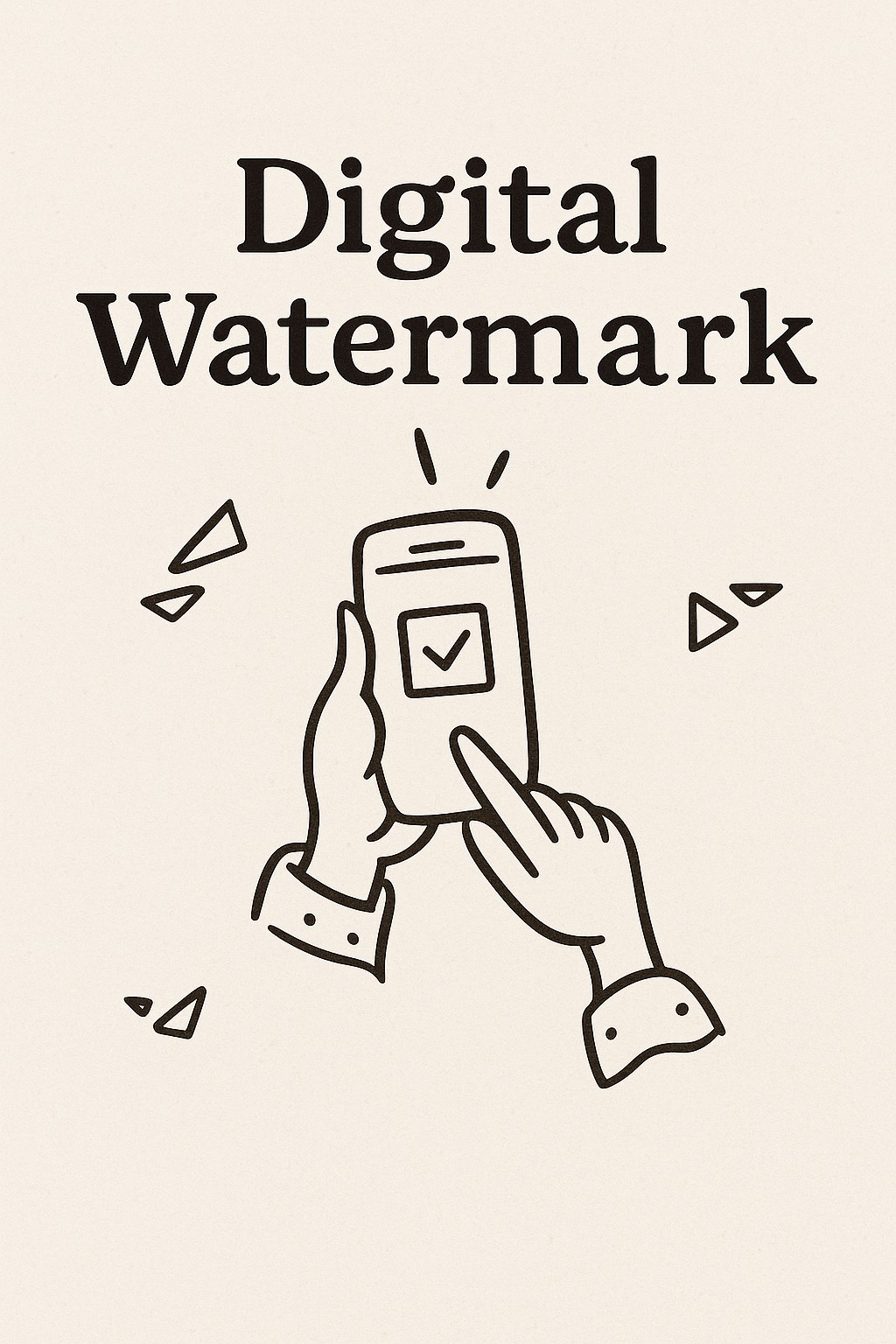
Digital Watermark Definition and Examples
Understanding Digital Watermark for e-Signing
In the world of e-signatures, security and authentication are paramount. One of the techniques used to ensure the validity and integrity of documents is Digital Watermarking. But what exactly is a Digital Watermark, and how does it apply to e-signing? Let's explore this term to understand its definition and practical applications.
What is a Digital Watermark?
A Digital Watermark is a unique identifier embedded into a digital document, image, audio, or video file. This identifier can be visible or invisible and serves various purposes, such as verifying the authenticity, protecting copyrights, and tracing the ownership of the content. The embedded watermark is not apparent to users but can be detected by special software or algorithms to ensure the document's integrity.
Examples of Digital Watermarks in e-Signing
Here are some instances where Digital Watermarks play a crucial role in e-signing:
-
Authentication and Verification: When a document is electronically signed, a Digital Watermark can be included to authenticate the signature. This ensures that the signature is genuine and has not been tampered with.
-
Document Tracking: Digital Watermarks help in tracking the document's origin and distribution. By embedding a unique watermark, it's possible to trace who has accessed or signed the document, providing an audit trail for compliance and security purposes.
-
Copyright Protection: If a document contains proprietary information or intellectual property, a Digital Watermark can be used to assert ownership and protect against unauthorized copying or distribution.
-
Anti-Tampering Measures: Digital Watermarks can detect whether a document has been altered after it has been signed. Any changes to the watermarked document would disrupt the watermark, indicating tampering.
Benefits of Digital Watermarks in e-Signing
- Enhanced Security: By embedding a secure Digital Watermark, the integrity and authenticity of e-signed documents are significantly enhanced.
- Cost-Effective: Unlike traditional paper-based signatures, digital watermarks offer a cost-effective way to secure electronic documents.
- Non-Intrusive: This technology is non-intrusive and does not affect the document's readability or format.
- Scalability: Digital Watermarks can be seamlessly integrated into various e-signature solutions, regardless of volume.
Integrating Digital Watermarking with GoodSign
At GoodSign, we understand the importance of securing your electronically signed documents. That's why our pay-per-use model comes with robust features, including Digital Watermarking, without any additional costs. Whether you are sending one document or a thousand, GoodSign ensures your documents are protected and authenticated, all for just $1.50 per send.
By using GoodSign, you not only save on expensive subscription fees but also gain access to top-notch security measures like Digital Watermarking. Experience the convenience and security of e-signing with GoodSign today.
Digital Watermarks provide a crucial layer of security and authenticity in the realm of e-signing. By understanding and utilizing this technology, users can ensure their documents remain protected and trustworthy.